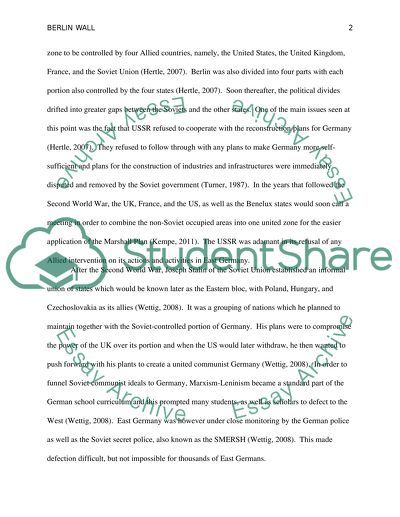Cite this document
(“Berlin Wall Research Paper Example | Topics and Well Written Essays - 2500 words”, n.d.)
Retrieved from https://studentshare.org/history/1596051-berlin-wall
Retrieved from https://studentshare.org/history/1596051-berlin-wall
(Berlin Wall Research Paper Example | Topics and Well Written Essays - 2500 Words)
https://studentshare.org/history/1596051-berlin-wall.
https://studentshare.org/history/1596051-berlin-wall.
“Berlin Wall Research Paper Example | Topics and Well Written Essays - 2500 Words”, n.d. https://studentshare.org/history/1596051-berlin-wall.


